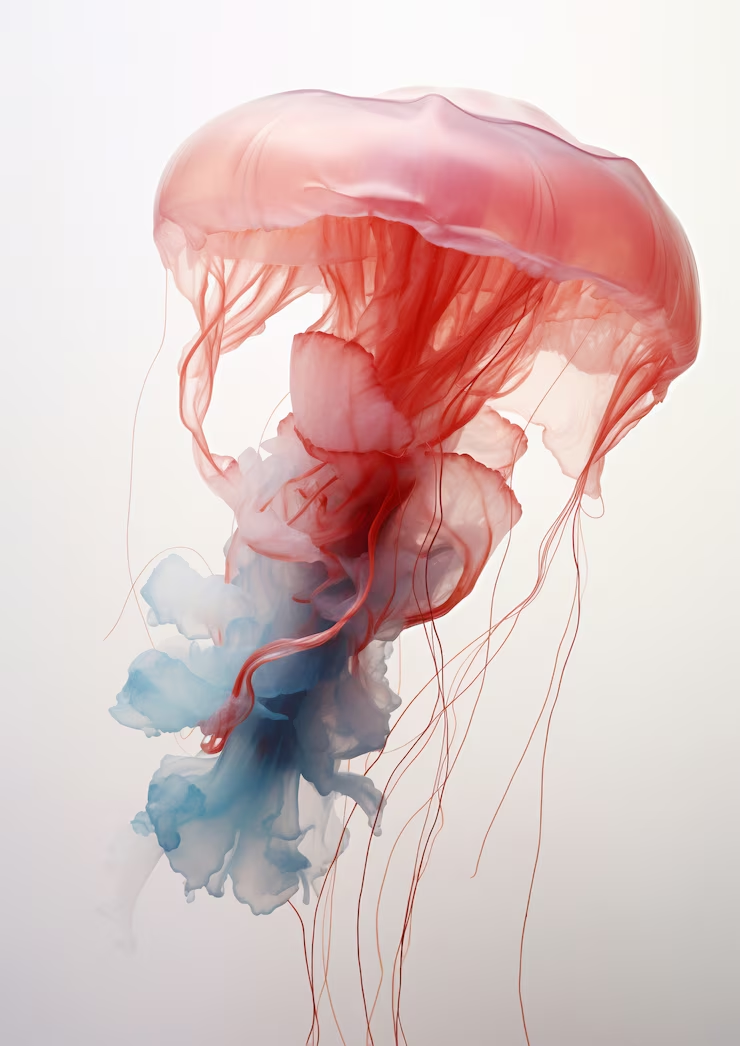Jellyfish are truly spectacular creatures. With over 2,000 different types of jellyfish, those silly little guys just… exist. And they don’t even know it!
Jellyfish are my favorite sea animals, followed by sharks. My favorite type is by far the moon jelly, or the common jelly, because they are safe to touch. I plan on owning some when I get my own home, which is also safe (when treated properly).
Their sting is so weak that it doesn’t break through our skin, which is the reason for them being safe to touch, which you can do at the Aquarium of the Pacific. They quite literally feel like firm, cold Jell-O.
One thing I find interesting about them is that they are invertebrates, meaning they don’t have a spine. That isn’t the crazy part to me. On top of not having a spine, they don’t have a brain or a heart.
Because of this, they have no idea that they exist, they don’t have a clue when they float upside-down, they know absolutely of the sort. They rely solely on instinct and sensory signals.
They have very few predators, such as leatherback sea turtles, whale sharks, and even other jellyfish species. Their predators typically have either a thick skin or some other method of preventing the venom from infecting them.
Jellies eat smaller organisms, like brine shrimp and krill. They use their outer, more wispy tentacles to sting and kill their prey, and use their inner, thicker tentacles to shimme their dead prey into their “mouth”.
With moon jellies, as well as some other species, you can see their food digesting through their intestines, which are scattered throughout their bells, or body. When they have finished digesting, their waste is expelled the same way they consume it.
Other types of jellyfish are spectacular and unique as well. For example, the lion’s mane jelly can be up to 120 feet long, which is longer than the blue whale, which can only be about 70 feet at most.
Box jellies, while not the most common, are the most deadly, especially the Australian box jelly. Their sting is the most potent and fast-acting, targeting the heart, nervous system, and skin cells.
Fried egg jellyfish got their name from looking like fried eggs, of course. What makes them unique is that they are one of the types of jellies that have been known to prey on smaller jellies.
The way they reproduce is also fascinating, as they do so asexually. They release the reproductive cells into the water, then the cells meet and create a new jelly.
After the cells join, the “jelly” becomes a free-swimming larva called plantula. After the Plantula stage, they attach to a hard surface and become a polyp, which is where the jellyfish shape begins to form.
At this stage, jellies can also reproduce. They can bud off and turn into immature jellies. From there, they grow more into their fully grown selves: a medusa.
I find these silly creatures so incredibly fascinating in every way. Everything about them is so beautiful and carefree in their simple existence, which they don’t even know about.

